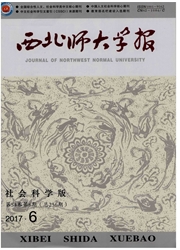

 中文摘要:
中文摘要:
农村总和生育率、农户家庭规模、农村人均受教育水平等指标的变化均反映出中国农村正经历着发达国家在工业化、城市化过程中表现出的人口生产特征,即人口生产由数量偏好转向质量偏好。中国农村人口生产偏好转变在20世纪70年代到90年代主要是由计划生育政策推动的,90年代之后则由工业化、城市化所主导。农村人口生产偏好转变将引致农业投入要素结构和农业发展方式转变,促使农业发展跳出“马尔萨斯稳态”迈向持续增长,最终导致城乡二元经济向一元经济转变。
 英文摘要:
英文摘要:
Indicators, such as total fertility rate, family scale and educational level per capita in the rural areas have changed, which shows rural China is undergoing population production changing like other developed countries in the process of industrialization and urbanization. That is changing from quantity preference of population production to quality preference. This change is motivated by family planning policy in China from 1970s to 1990s, then by the process of industrialization and urbanization, which will lead to the change of agricultural input structure and agricultural developing mode. This change will also prompt the sustainable growth of agricultural development and getting rid of the "Malthusian Stability". All of these changes will finally lead to transforming of urban-rural dualistic economic mode into the single mode.
 同期刊论文项目
同期刊论文项目
 同项目期刊论文
同项目期刊论文
 期刊信息
期刊信息
